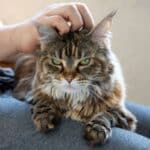Cat's limbs are often taken for granted - the cat has them, thanks to which it walks, runs, and climbs. However, their construction is a topic worth exploring. When you know how a cat's limbs are constructed, you know why they are capable of things that are impossible for other creatures, such as squeezing through narrow gaps.
A cat's front limbs are not connected to the feline spine. The clavicles themselves are vestigial, and the shoulder blades of these animals are supported by tendons and muscles. Because of the vestigial clavicles, the cat can start squeezing through narrow gaps because it can correctly manipulate its body, and the bones are not an obstacle.
If one were to see a cat's skeleton, one would find that the cat's lower limbs have one arm bone, an elbow bone, and a radius bone, which in two make up the forearm bones, as well as a few wrist, metatarsal, and finger bones each.
In the case of the hind limbs, things are a bit different. First of all, these already have a connection to the spine. They connect to it thanks to the pelvis bones, namely the pubic bone, ischium, and hip bone. A few more bones fall into the cat's toes. The skeletal structure of the lower limb itself is as follows: one femur, a fibula bone, and a tibia bone - together, they form the bones of the lower leg, several bones of the ankle joint, or tarsus, and several metatarsal bones.
Jump to:
How many fingers do cats have?
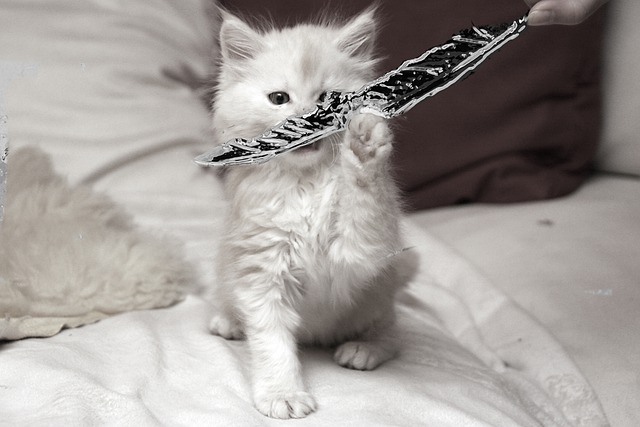
A cat's toes are significant to them. After all, cats are toe creatures - this means that, unlike humans who walk by placing their entire feet on the ground, cats walk precisely on their toes. This allows them to move more quietly, regardless of the surface they are forced to walk on. This is of great importance to cats because although cats' toes look really cute, they are predators - the silent way they move allows them to get close to unsuspecting prey and hunt effectively.
How many fingers do cats have? It may surprise many, but there are 18 in total, with five in the front paws and four in the back ones. The wolf's claw is located in the front paws - it allows cats to climb and makes it easier to grab their prey or toys when playing. It plays a role similar to a human thumb.
Also attractive are the cat's pads. They can protect the pet even in challenging terrain, although they are susceptible to touch and extreme temperatures. They can hunt thanks easily to them and sense any changes in the landscape.
There are special scent glands between the pads, which other cats can only smell, so these pets can easily mark their presence in the area. On the other hand, the places themselves house sweat glands - so the cat sweats through its paws. You can see this when your cat is hot or stressed.
The domestic varieties of cats we are usually familiar with have much of the same DNA as giant cats, such as panthers and cheetahs. As a result, having membranes is genetically determined in all cats. However, it is essential to consider that the giant jungle cats have more defined webbed paws than our indoor cats. This is because they need and use those webbed feet for daily survival, whereas our house cats don't really need them.
You may have never seen the webbing on your cat's feet because it doesn't play as significant a role in their lives as it does for their huge feline family members. Do domestic cats have finned paws? Indeed, domestic cats have partially membranous feet. You can notice this in your cat by examining their paws. You will see that their little toes have a small space between them, but they are not all freely separated from each other like a human foot.
Maine Coons are full of surprises
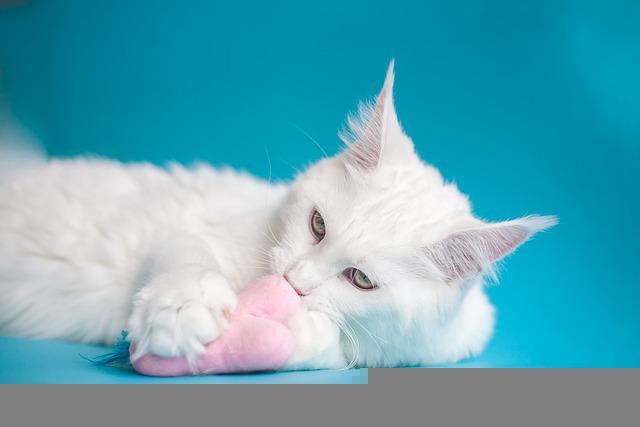
Maine Coons, like all domestic cats, have finned paws. Unlike frogs and ducks, cats have only partially finned paws inherited from their more giant ancestors. If you've ever looked at your cat's paws, you must have been surprised by the shape of its toes. Cats have finned feet! Yes, they do!
This is a natural component that, at first glance, may seem very unusual to us cat lovers because, well... your cat has duck feet? It's weird at first, and I won't blame you. But besides feeling weird about it, you have to implode with questions. "Why does my cat have finned feet?" "is it normal for my cat to have finned feet?" or even "do cats need finned feet?"
You are in the right place because we will answer all your questions! So hold on tight and get ready to read with cat feet. Although the Webs on a Maine Coon's paws are usually furry, these cats can still use their swim membranes to climb, catch prey, and even swim.
These rugged cats have evolved many remarkable features that help them survive in the wild, but if you've ever had the opportunity to touch your cat's paws, you may have noticed a thin layer of fur between their toes. Although all domestic cats have finned paws, Maine Coons have unique paws apart from other cat breeds. Keep reading to learn how the Maine Coon's massive paws are its advantage in cold climates.
Maine coon finned legs

The Maine Coon is the largest domestically raised cat race globally, known for its gentle, loving personalities and long, dense fur. The breed developed naturally in Maine, which is famous for its harsh winters.
The Maine Coon cat has developed a unique set of traits that set it aside from other cat breeds to survive in such cold and snowy conditions. Maine Coon cats' paws are specially engineered to help them survive in the cold and snow.
Their paws are naturally:
- Massive
- Wide
- Apartment
The extraordinary size and shape of the Maine Coon's paws means a Maine Coon's paws can act like snowmobiles. They can act like snow pontoons. This is because their weight is spread over a larger area. The surface area makes the Maine Coon less likely to sink into deep snow.
Maine Coons also have longer fur surrounding their paws, which helps them stay on a larger surface. Stay warm, even on cold days. Many Maine Coons will have " toe tufts," which are little pieces of fur that stick out of their toes to provide insulation.
Maine Coons' paws are well adapted to the environment in which they live, but do Maine Coons have membranous feet? You might be surprised that every Maine Coon cat has finned paws, but they're not the only ones! In fact, all cats, including feral cats, have partially finned paws. The webbing on a cat's paws is most noticeable when cats bend or stretch their paws.
You can even feel this webbing by gently massaging between your cat's toes, although keep in mind that not all cats like to touch their paws. A thin layer of fur stretched between each toe aids in climbing, grasping, catching prey, and swimming.
Maine Coon paws are also unique because some Maine Coons are polydactyly.
Maine coon paws vs. the paws of an ordinary cat
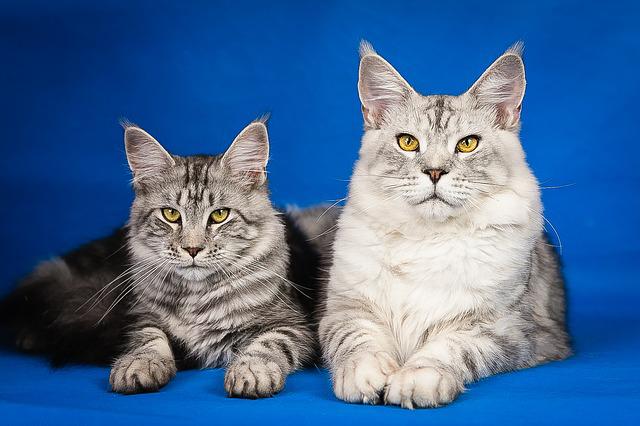
Maine Coons vary from many other domestic cats, and their feet are particularly unique. Maine Coon's are similar to and different from the paws of other cats:
Similarities
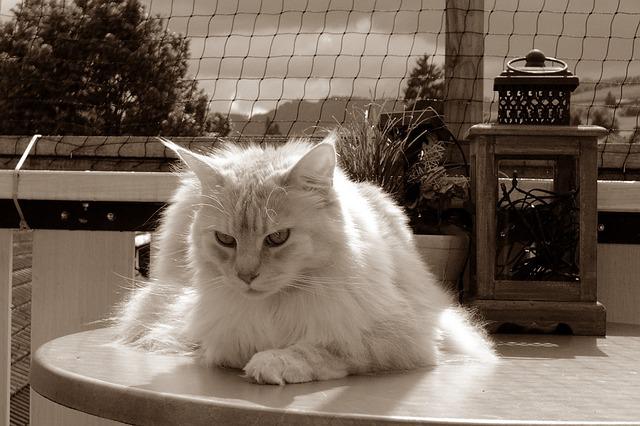
- Paw pads: Maine Coons, just like all cats, possess paw pads. In addition to looking adorable, they serve many unique purposes. They muffle the sound of the cat's footsteps, allowing it to stalk its prey in silence. They also provide traction so cats can run faster and with more agility.
- Whiskers: believe it or not, cats have whiskers on more besides their faces! A cat's front paws have whiskers, which help them detect the movement and location of prey while hunting.
- Paws with flippers: All cats, including the Maine Coon, have partially membranous feet that help them grasp, climb, hunt, and swim.
Differences
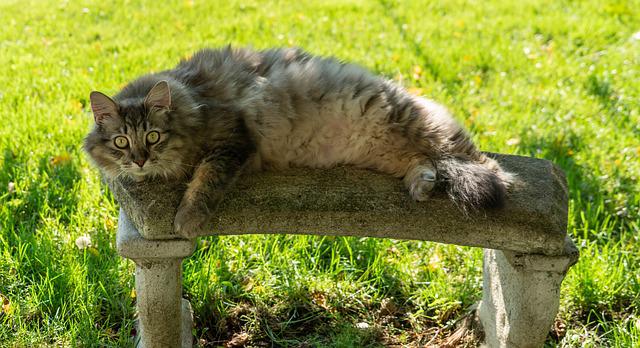
- Size and shape: Maine Coons are much larger than most domestic cats, but their paws are proportionally more significant than those of an average cat. Their feet are also wider and flatter, which helps them walk in the snow.
- Number of Toes: While every domestic cat may be multiracial, the Maine Coon is more born with extra toes than most cats. In fact, at one point, as much as 40% of all Maine Coons had at least one extra toe!
- Amount of fur: Many long-haired cats have extra tufts of fur on their fingers, but Maine Coons are special because all the fur around their paws is longer. This does help protect the feet from the cold, though some owners need to trim this long fur to prevent it from matting and getting dirty.
Can you bathe your Maine Coon?

Your cat will need to be bathed at least once a month to help control shedding and keep her coat clean. With the Maine Coon cat's thick fur, dander is inevitable in the home. Gently place your cat in a few inches of water and use a hand shower to wet his fur.

